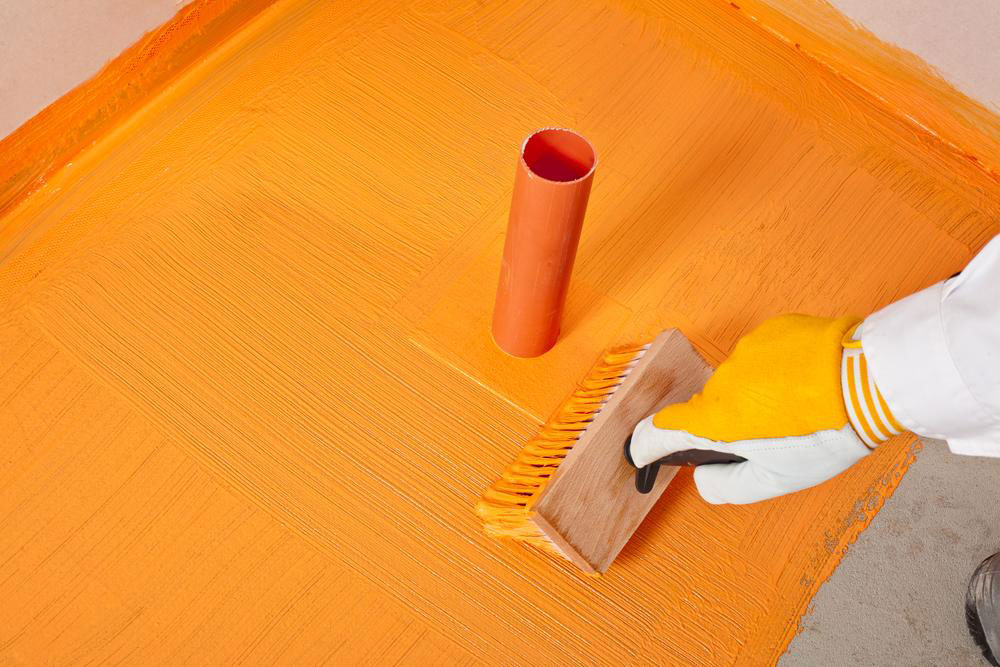Complete Guide to Basement Waterproofing Strategies and Expert Advice
This comprehensive guide covers essential basement waterproofing techniques, including common methods, DIY tips, costs, and professional advice. Learn how to protect your basement from moisture damage effectively and cost-efficiently, ensuring a dry, secure space year-round.

Essential Techniques and Best Practices for Basement Waterproofing
Keeping your basement dry and secure involves regular inspections and sealing, typically every few years. Look out for signs such as cracks in walls, bowing, lingering odors, water stains, dampness, pests, mold, or misaligned doors. Familiarizing yourself with various waterproofing options and their costs can help homeowners select the most suitable method for their needs.
Popular Waterproofing Options
Basement walls, often made of porous concrete, can allow water intrusion if not properly treated. Here are four commonly used waterproofing methods:
Waterproof barriers
Installing waterproof sheets or panels to block water and redirect it to a sump pump for removal.
Concrete surface sealants
Applying special sealants directly onto surfaces to create a protective barrier using brushes or rollers.
Silicate sealants
Penetrating concrete to seal internal pores and prevent moisture entry; designed specifically for concrete, not paint.
Interior waterproof paints
Applying thick, protective coatings over existing walls to enhance waterproofing.
Practical Tips for Basement Waterproofing
DIY sealing can be effective, but professional help is often recommended. Here are key steps for successful waterproofing:
Step 1: Remove any standing water, switch off electrical systems for safety, and inspect sump pumps and drains. Use fans, dehumidifiers, mops, and cleaning solutions like bleach to eliminate mold and moisture.
Step 2: Pinpoint leak origins by taping aluminum foil on walls for 24 hours. Moisture outside the foil indicates humidity, while dampness behind the foil suggests waterproofing concerns.
Step 3: Clean walls thoroughly, removing paint or debris, and wear safety gear. Using muriatic acid can clear old paint, then rinse and prepare the surface for sealing.
Step 4: Seal cracks and holes with hydraulic cement, epoxy, or caulk. Larger fissures may require professional evaluation.
Step 5: Seal windows, doors, and wells with caulk to prevent water entry. A caulk gun ensures precise application.
Step 6: Dampening the wall slightly, apply waterproof paint using a roller or spray, applying multiple coats for enhanced protection.
Cost of Basement Waterproofing
The average expenditure ranges from $2,300 to $7,575, with a typical cost around $4,920. Expenses vary depending on basement size, type of sealing (interior or exterior), location, labor rates, and materials used. Professional services are recommended for complex tasks, and assistance may be available through local programs for seniors or individuals living alone. Seeking recommendations from neighbors can also be helpful.
Note:
Our blog offers extensive information to guide homeowners. While based on thorough research, it does not replace professional advice. We are not responsible for inaccuracies or differences across sources. Please explore local programs and offers for additional savings.


